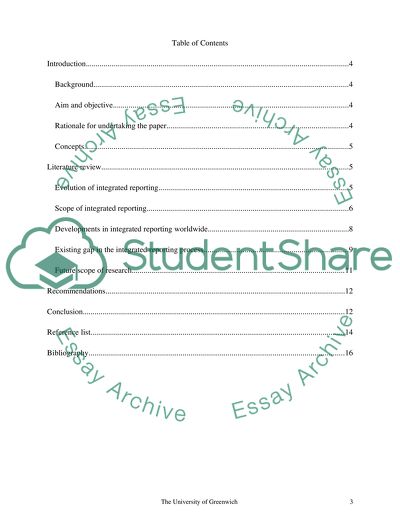Cite this document
(“Reporting: Not just profit, not just to shareholders 2282 Essay”, n.d.)
Retrieved from https://studentshare.org/finance-accounting/1673399-reporting-not-just-profit-not-just-to-shareholders-2282
Retrieved from https://studentshare.org/finance-accounting/1673399-reporting-not-just-profit-not-just-to-shareholders-2282
(Reporting: Not Just Profit, Not Just to Shareholders 2282 Essay)
https://studentshare.org/finance-accounting/1673399-reporting-not-just-profit-not-just-to-shareholders-2282.
https://studentshare.org/finance-accounting/1673399-reporting-not-just-profit-not-just-to-shareholders-2282.
“Reporting: Not Just Profit, Not Just to Shareholders 2282 Essay”, n.d. https://studentshare.org/finance-accounting/1673399-reporting-not-just-profit-not-just-to-shareholders-2282.


